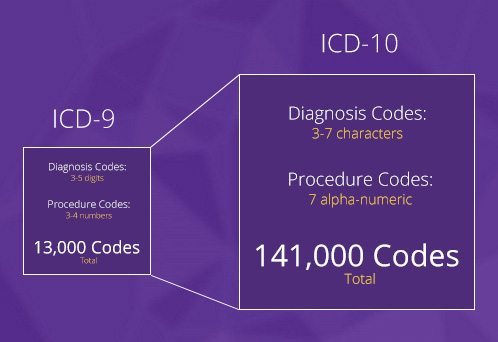

According to ICD-10 guidelines, no external cause code from Chapter 20 is needed if the external cause and intent are included in a code from another chapter. S50.861A Insect bite of right forearm, initial encounterĬode W57.XXX- (A, D, or S), bitten or stung by nonvenomous insect and other nonvenomous arthropods, is an external cause code used to describe the cause of an injury or other health condition.S70.362A Insect bite (nonvenomous), left thigh, initial encounter.S30.861A insect bite of the abdomen, initial encounter.S30.860A Insect bite (nonvenomous) of lower back and pelvis, initial encounter.S00.262A Insect bite (nonvenomous) of left eyelid and periocular area, initial encounter.As ICD-10 does not provide a combination code for indicating insect bites to multiple sites, separate codes should be reported for each affected body site with the seventh character added to describe the particular encounter. To report a bug bite, the first code on the claim form should be an S code which indicates the location of the bite. ICD-10 Chapter 19 contains the codes for Injury, poisoning and certain other consequences of external causes (S00-T98). According to a recent New York Times report, the number of people getting diseases transmitted by mosquito, tick and flea bites has more than tripled in the United States in recent years. Bug bites: Warm weather promotes breeding of mosquitoes and ticks leading to faster spread of various diseases.Here we discuss the ICD-10 codes for five common summer-related complaints: bug bites, Lyme disease, recreational water illnesses (RWIs), poison ivy rash, and sun burn. From insect bites to sunburn to dehydration and fractures, physicians’ practices and their medical coding companies need to be ready to code for a host of summer ailments. Fun-filled outdoor activities in summer can also bring certain perils.


 0 kommentar(er)
0 kommentar(er)
